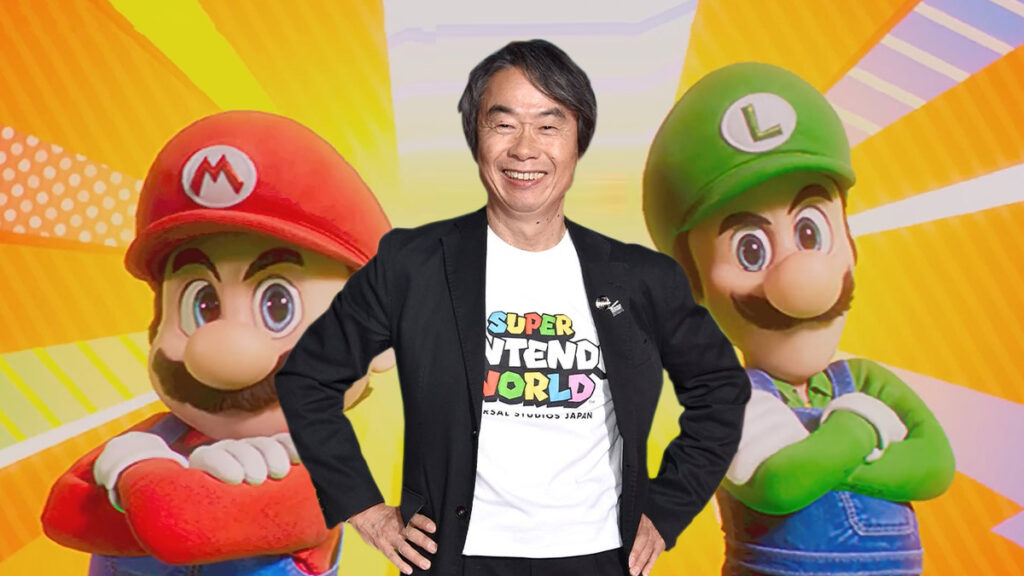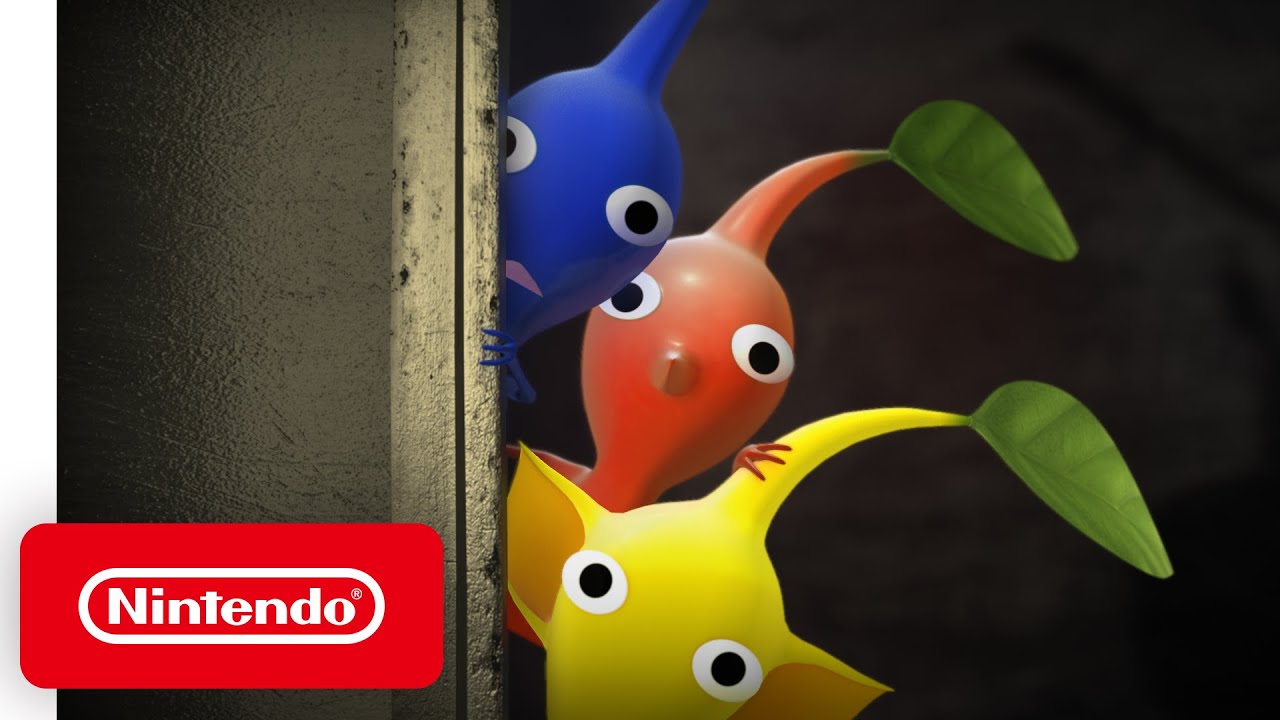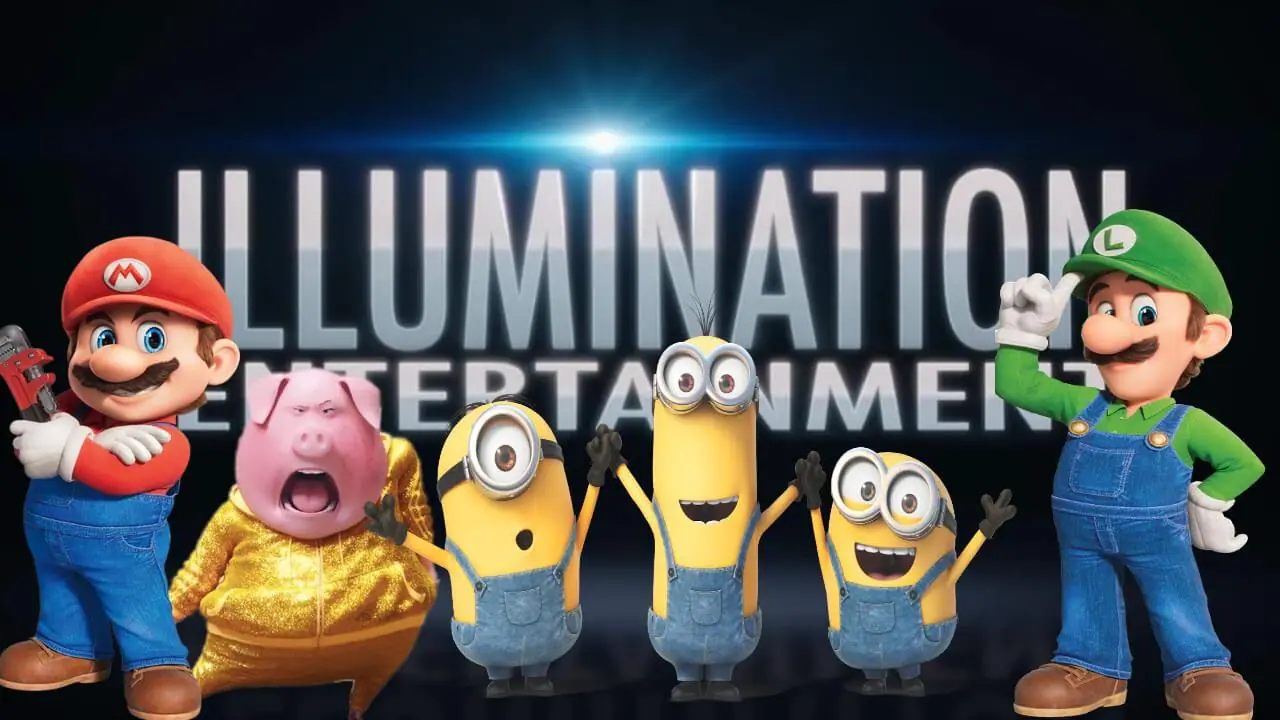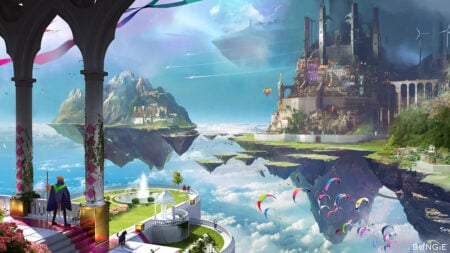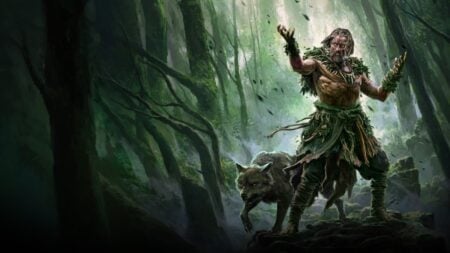For more than a century, Nintendo has reinvented itself to match the times. The Kyoto-based company began in 1889 by making playing cards, and then grew into a household name by turning toys into national sensations. Decades later, its video games became a cultural bridge uniting generations of kids and adults worldwide. Now, Nintendo’s next move is conquering the cinematic universe with animated and live-action movies.
It shouldn’t come as a surprise, considering the $1.3 billion global hit of The Super Mario Bros. Movie. The gaming company already plans to release The Super Mario Galaxy Movie in April 2026, followed by a live-action The Legend of Zelda in 2027. Speaking with Japanese media Kyodo News, Shigeru Miyamoto explained why the company is accelerating its film projects.
“Games eventually stop running when newer versions come out,” Miyamoto said. “But films remain forever.” That philosophy might just describe why Nintendo is stepping up efforts to bring its iconic characters to the big screen.
Still, while its partnership with Illumination has proven to be a smash hit, Nintendo has already been building the infrastructure to make its own in-house animation. In 2022, Nintendo acquired Tokyo-based CG studio Dynamo Pictures and rebranded it as Nintendo Pictures, explicitly to strengthen the ‘planning and production structure of visual content.’
Previously, Dynamo had worked on various video game-related projects. That includes Monster Strike the Animation, Kingsglaive: Final Fantasy XV, Resident Evil: Vendetta, and even the Pikmin Short Movies once distributed on the Nintendo eShop.
Now, Nintendo Pictures is back in the spotlight thanks to Close to You, a viral teaser short starring Pikmin that recently appeared online. The warm, minimalist video has since drawn attention online for its ‘Pixar-like’ cinematic quality. In an X post, Nintendo added that the studio will continue to ‘explore new creative possibilities through video content.’
If Close to You is any indication, Nintendo’s cinematic era is just beginning. Not to replace games, but to make sure its worlds never stop running — even when gaming hardware does.

